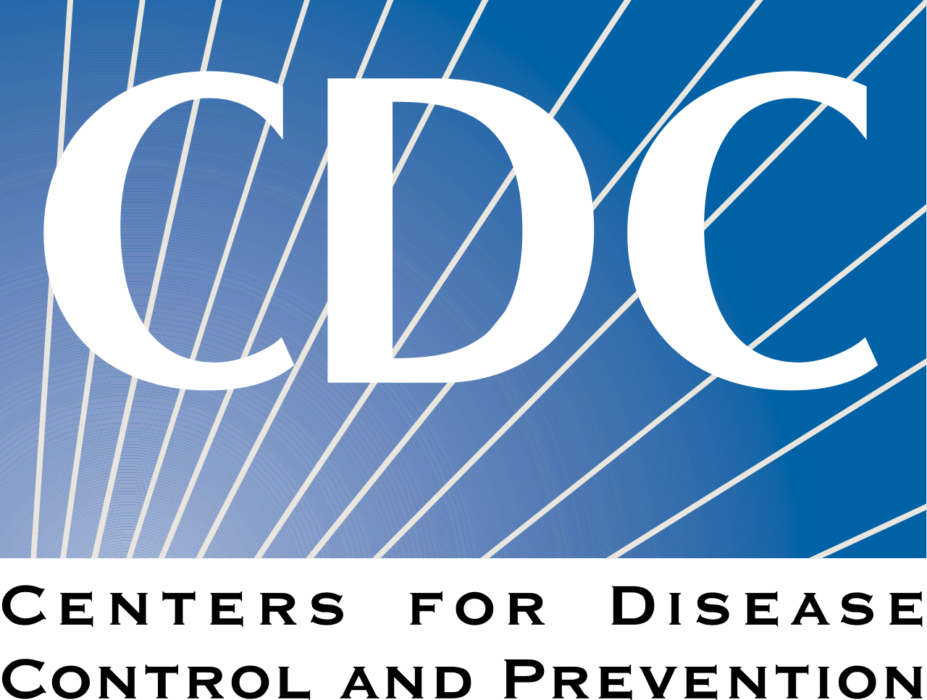
New CDC guidelines say people with mild to moderate COVID-19 need to isolate only 10 days
July 28, 2020
By Elizabeth Weise originally featured in USA TODAY.
People who have had mild to moderate COVID-19 can come out of isolation after 10 days and don’t need to be retested before going back to work, new CDC guidelines say.
Symptoms, not testing, are the guide. If patients had a fever, it needs to have been gone for at least 24 hours.
The Centers for Disease Control and Prevention document, published Wednesday, says symptoms are a better gauge of how infectious someone is so they are “not kept unnecessarily isolated and excluded from work or other responsibilities.”
The document acknowledges that SARS-CoV-2, the virus that causes COVID-19, is so new that doctors are still gathering evidence for how it works. As more data becomes available, the medical community is gaining a better understanding of how people who are infected can avoiding passing on the disease. The new guidelines reflect the latest thinking.
“We didn’t have this kind of data in the early days of the pandemic. Now they’re really moving towards science-driven recommendations as we apply the data that are coming in,” said Dr. Roger Shapiro, a professor of immunology and infectious diseases at the Harvard Chan School of Public Health.
People with severe COVID-19, many of whom are hospitalized, could be infectious for as long as 20 days, though most of them are not.
The majority of those with severe disease, more than 88%, were no longer infectious after 10 days. Ninety-five percent were no longer infectious after 20 days, the CDC said.
Infectious before you know you’re sick
COVID-19 is a wily virus in that patients seem to be most infectious two to three days before they begin to show symptoms, Shapiro said.
“Once you’re symptomatic, you become less infectious,” he said.
A large study in Taiwan cited by the CDC found people were much more likely to catch COVID-19 if they were exposed to someone who was sick within the first five days the person having symptoms. That study found no cases of infection if a person was exposed to someone with COVID-19 six or more days after the onset of illness.
An unknown proportion of those who are infected with COVID-19 have asymptomatic disease and so many never know they’re infected.
“While I would say that a completely asymptomatic patient is less likely to transmit the disease, they certainly can,” Shapiro said.
Can you get reinfected?
There have been no confirmed cases of anyone being reinfected with COVID-19, CDC said.
It did note that SARS-CoC-2 virus emerged only in December, and there aren’t many places where there have been many infections for that entire time, so possible reinfection is still a subject of investigation.
If someone develops new symptoms consistent with COVID-19 after having tested positive for the disease and then recovered within the past three month, CDC urged consultation with an infectious disease expert.
Reinfection is something immunologists and infectious disease researchers are all looking for, said Dr. Otto Yang, a professor of medicine and chief of infectious disease at the David Geffen School of Medicine at UCLA.
“Our antenna are up,” he said.
Two things may be happening that make it look as if people are being reinfected, the CDC document said.
The first is that testing may find bits of the virus in a recovered patient’s nasal cavity, but the viral particles are no longer capable of reproducing. That test result could come up as positive but the person wouldn’t be able to infect others.
“You could still find evidence of viral particles, but that did not correlate with infectious risk,” Shapiro said.
It’s also possible some small number of people continue to shed the virus in their secretions, so they can test positive multiple times over many weeks.
For those people, it’s possible that their bodies initially were able to fight back the virus, but at some point something affected their immune system so it was able to become resurgent, Shapiro said.
“These cases are outliers, these are the less than 0.1%. There are so many people with COVID-19 in this country that there are going to be strange presentations here and there,” he said.